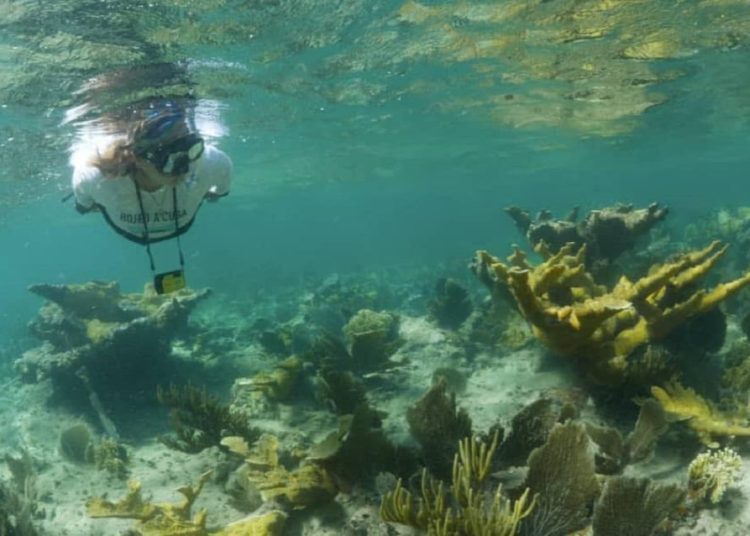Scientists from the Center for Environmental Studies of Cienfuegos (CEAC) participating in the Bojeo de Cuba expedition verified the presence of microplastics in Cuban marine ecosystems, the Cuban media reported.
Sampling carried out on beaches in the central zone of Cuba by CEAC show the presence of microplastics in the sand, where they found particles of the ductile material with varieties of shapes, sizes and chemical compositions, Prensa Latina (PL) news agency pointed out.
Marine researcher Dr. Patricia González pointed out at a press conference given by members of the expedition last week that microplastics are part of the brain of fish and the stomach of corals.
At the same time, these are incorporated into the human food cycle; hence the need to assess the level of contamination and its impact on different habitats.
Water quality
These assessments are of great importance for science in the Caribbean region, taking into account that tourism is the main economic sector in the area, and therefore the quality of the beaches and nautical activities depend on the preservation of the seabed and the coasts, PL noted.
During the monitoring of marine and coastal ecosystems, which continue in the northern keys of the province of Villa Clara, the specialists are also carrying out measurements of the quality of the waters that surround the coral reefs.
2022 study
On the other hand, in recent statements to the Agencia Cubana de Noticias (ACN) news agency, CEAC researchers referred to the presence of microplastics on beaches in central Cuba.
This was confirmed based on the testing of 70 sand samples corresponding to beach resorts on the north and south coasts, of which 40 showed particles of ductile material.
The survey carried out in 2022, in the southern portion of Cuba, covered the Tetas de Tomasa beaches, located in the Cienfuegos bay, and Rancho Luna, which receives the impacts of local tourism.
Meanwhile, on the opposite shore, they took as a reference the Las Gaviotas beach resorts, a protected area with the category of Fauna Refuge, and El Cañón, both belonging to the Cayos de Santa María tourist destination, in Villa Clara, according to ACN.
Except for El Cañón, the remaining beaches showed contamination by microplastics, a substance considered a global threat to the conservation of biodiversity, the oceans, seas and marine resources, therefore contravening the principles of sustainable development.
Arianna García Chamero, a CEAC researcher, pointed out to ACN that the highest concentrations were recorded in Tetas de Tomasa, a site that receives a strong anthropogenic impact as well as from the industrial zone of Cienfuegos.
Laboratories of the International Atomic Energy Agency (IAEA), an entity to which the CEAC is linked, participated in the examination of the samples, and specialists and researchers from the aforementioned prioritized ecosystem joined the studies carried out on the beaches of Cayo Santa María.
The investigations on contamination by microplastics are carried out based on the methodology of the Coastal Marine Research Network — an institution of the Caribbean region in charge of studying marine stressors —, so that later comparisons can be made with other surveys carried out in the area where the Cuban archipelago located.
Plastic is a substance considered a global threat to the conservation of biodiversity, oceans, seas and marine resources, therefore it violates the principles of sustainable development, ACN pointed out.
The research sea voyage began in mid-July in the port of Júcaro, in the province of Ciego de Ávila, together with the CITMA Environment Agency, the Avalon Marlin Company and the audiovisual production company Naturaleza Secreta de Cuba.










